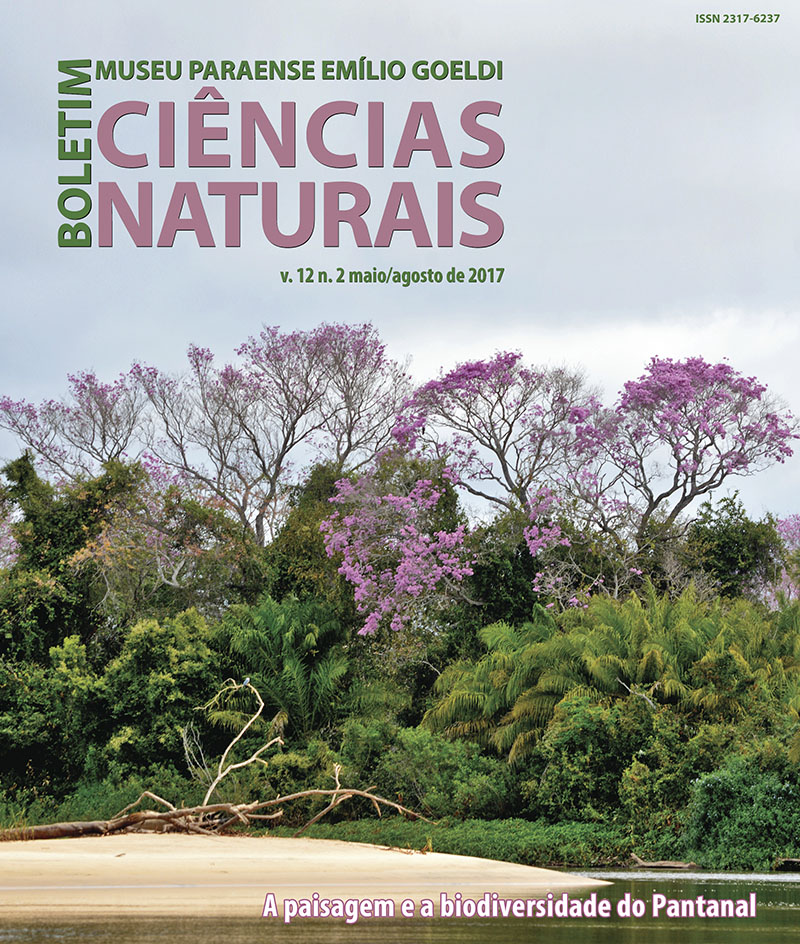Millennium Ecosystem Assessment applied to a traditional community of Pantanal, Mato Grosso, Brazil
DOI:
https://doi.org/10.46357/bcnaturais.v12i2.389Keywords:
Ecosystem services, Pantanal National Park, Talking mapAbstract
The present study was developed in the Pantanal community of Barra do São Lourenço, located near the Pantanal National Park, in the state of Mato Grosso. The objective was to verify the places in the Pantanal known tto the local residents and the ecosystem services these provide for community well-being, relating these to the conceptual bases of the Millennium Ecosystem Assessment. The construction of a talking map allowed us to reach our objective in this study. The results showed that there were 49 places associated with the land (41%) and water elements (59%), among which the respondents indicated that 37% offered regulation services, 71% provisions, and 45% cultural services. All the places indicated in the talking map are in the Pantanal National Park or its surroundings, being well known by the community. This condition reinforces the importance of participation by the population in ecotourism programs and conservação actions, as proposed in the project "Participatory Ecotourism in the Pantanal Matogrossense National Park", developed by the NGO EcoPantanal, ICMBio, and Barra do São Lourenço, in order to ensure the effective contribution of the local population in the process of regional sustainable socioeconomic development.
Downloads
Published
Issue
Section
License
Publication means fully assigning and transferring all copyrights of the manuscript to the journal. The Liability Statement and
Assignment of Copyrights will be enclosed with the notice of acceptance. All the authors must sign the document and return it to the journal.








